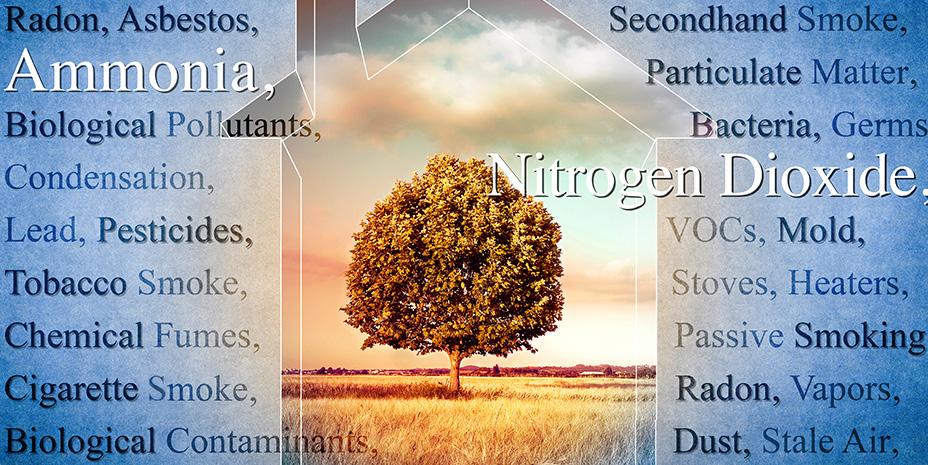
2 minute read
» Quality of Indoor Air Plummeted in Some Homes During COVID-19 Shutdown » Syringe Service Programs Across the U.S. Have Been Impacted by the COVID-19 Pandemic,
QUALITY OF INDOOR AIR PLUMMETED IN SOME HOMES DURING COVID-19 SHUTDOWN
Written by Robert C. Jones Jr. Published on July 14, 2020 Category: Faculty, Research, Service
Advertisement
Environmental sensors placed in Miami- and Baltimore-area homes by University of Miami public health researcher Naresh Kumar recorded elevated levels of particulate matter, carbon monoxide, and other harmful substances during a two-month, stay-at-home period.
Daily commutes to and from the office grounded to a halt. Restaurants closed their dining rooms, operating as takeout establishments, only. Gyms, barbershops, and nail salons shuttered. And people, except for trips to the grocery store or pharmacy, pretty much stayed at home.
When the nation’s governors imposed shelter-in-place orders in their states earlier this year in hopes of reining in surging cases of COVID-19, Naresh Kumar, a University of Miami public health scientist who studies the environmental burden of disease, knew that the special sensors he had placed in more than 30 residential homes in Miami and the city of Baltimore would eventually have a story to tell.
Now, as most states have started to lift restrictions and reopen their economies, those sensors are telling that story. During a two-month period from April through May, when residents spent the majority of their time indoors complying with COVID-19 lockdown orders, levels of harmful substances in those homes increased dramatically, degrading the quality of indoor air.
And shutdown directives imposed to curtail the coronavirus were the cause of those spikes, said Kumar, an associate professor of environmental health at the Miller School of Medicine.
While his findings are still preliminary, the numbers he has downloaded from his environmental sensors are nonetheless startling. Amounts of fine particulate pollution, which is also known as PM2.5 because the particles are less than 2.5 micrometers in diameter, rose by 30 percent over that twomonth span. Meanwhile, concentrations of ammonia, carbon monoxide, and nitrogen dioxide climbed by 2.7 percent, 15 percent, and 4 percent, respectively. “But it’s what people did inside their residences during stay-athome orders that contributed to those increases,” Kumar said.
With restaurants offering only takeout, more people cooked meals at home, some using gas-powered ranges that produced carbon monoxide and which didn’t have effective exhaust hoods.
And as concerns over the spread of COVID-19 grew, people took disinfecting to a new level, often overusing harsh cleaning products and exposing themselves to dangerous compounds like ammonium chloride, Kumar noted. From January to March, poison control centers reported a 20 percent increase in calls compared to the same period last year, according to the Centers for Disease Control Prevention, which used data from the National Poison Data System.
While National Ambient Air Quality Standards imposed by the EPA have helped mitigate outdoor air pollution,










